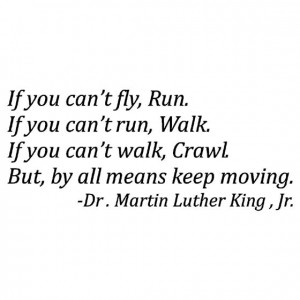 I’ve been reflecting recently on the changes that have happened to the public relations industry in the past few years.
I’ve been reflecting recently on the changes that have happened to the public relations industry in the past few years.
We’ve seen more technological advances in the past five years than we’ve seen in the last 50 combined. It used to be all we had to worry about was advertising, public relations, and direct marketing. Then we added websites and email marketing.
Now we’re told our websites are about our customers, not about us, so the content has to be revised. Websites can’t tell our story, but we can use the Facebook Timeline for that purpose. It’s OK to be self-serving there, as long as we’re also engaging and providing valuable content.
Then we have to figure out Twitter, Pinterest, Instagram, Google+, Path, Flickr, YouTube, LinkedIn, content, search engine optimization, inbound marketing, infographics, webinars, videos, email, search engine marketing, gamification, mobile marketing, oh my!
And, of course, in this “new economy,” we’re all doing more with less.
It’s no wonder we have no idea how to integrate the marketing disciplines, what to measure, or when to use which tools (or if at all).
Looking at everything available, it’s easy to get overwhelmed. Where do you start? How will you staff? Where do you get the resources? What should you include? How will you measure it all?
The answer is: Not all at once.
Just like we do as we grow up, we learn to crawl before we walk. Then we learn to run. Then we grow up, navigate high school and college, and further our skills and talents with a job. It takes time. It doesn’t happen overnight…ever.
In Marketing in the Round, Geoff Livingston and I talk about how to do exactly this with your marketing program: Crawl, walk, run, and fly.
Crawl.
More than likely, you already have a digital monitoring and listening program in place (you do, don’t you??). If you don’t, buy a social media book (such as Groundswell) and learn how to set one up. It’s easy with free tools, such as Google Alerts. It’s impossible to integrate your marketing program without monitoring what is being said about you, your industry, and your competitors online.
This is the phase where you establish your infrastructure. What resources do you have available internally? Do you have several people working on marketing, or is it just you?
Take a look at where your team has strengths, and where you have weaknesses. Based on your strengths, as a team, you want to figure out which approaches (direct, groundswell, top-down, or flanking) make the most sense.
Assign roles, decide on your first priority, and create a 90-day plan. It takes 75-90 days to figure out if a program is working, from a measurement standpoint, so give yourself that amount of time during the crawl phase to make sure what you’re doing is working.
Walk.
You’ve tested a few things, you’ve created benchmarks, you have a dashboard that gives you the business information you need to understand whether or not your program is reaching company goals, and you have confidence about what works and what doesn’t.
Now leverage that knowledge: Use technology to your benefit, produce content, participate in the conversations, use multiple platforms for communication, and measure your results.
Run.
At this point, you’re working efficiently. You’re measuring results. You’re refining and improving. Now it’s time to begin engaging, responding multiple times each day, and leveraging employees from other departments.
To get other employees involved, ask the following questions:
- How can HR use social networks to recruit candidates?
- How can customer service use a chat feature on the website, the social networks, the telephone, and email to provide immediate response?
- How can sales network with customers and prospects before they attend a trade show or travel to a new city?
- How can R&D use focus groups, crowdsourcing, and market research to innovate and develop new products?
- How can legal keep the policies and employee code of conduct current?
- How can the executive team get in front of customers on a daily basis, with the use of technology?
- How can you reach beyond your own team to produce content and develop an owned media program?
- How can customers help create content?
- How can you support all of these needs in the most efficient way?
Fly.
Now you’re at the point you can fly. You will scale and integrate marketing into all business functions. You may do it by using Google analytics, customer relationship management software (such as Salesforce with Radian6), and your website. Or you may use a program such as Infusionsoft to help you manage it all.
It’s easy to get overwhelmed with new things coming at us all the time. But, if you start small and add slowly, you’ll be able to integrate all of the marketing disciplines in a very efficient, and measurable, way.
A version of this first appeared on the DivvyHQ blog. If you don’t know DivvyHQ and you are charged with editorial calendars and content management, I recommend you check them out!